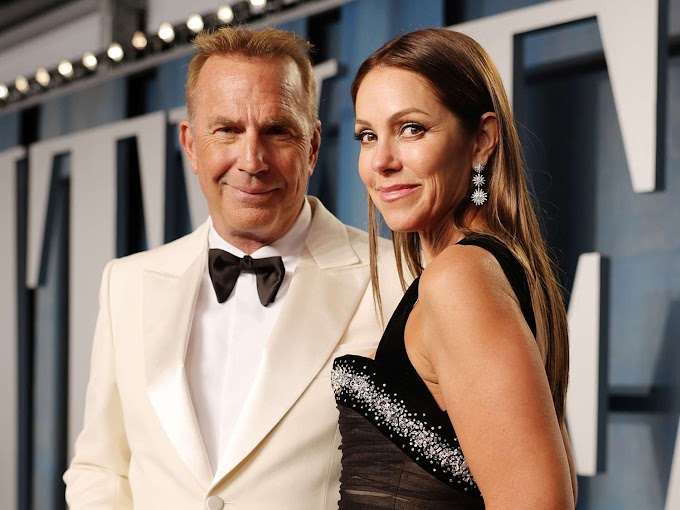The matrimonial journey of Prince Charles and Princess Diana was fraught with challenges from the onset. While their union was initially celebrated, the strains beneath the surface soon became apparent. Reports of incompatibility, differing priorities, and public scrutiny painted a picture of a marriage under immense pressure.
As public figures, the royal couple was constantly under the scrutiny of the media and the watchful eyes of the British public. The immense pressure to maintain a facade of marital bliss became a formidable challenge, adding fuel to the fire of their troubled relationship.
One of the primary reasons behind Queen Elizabeth's decision to intervene and push for a divorce was the preservation of the royal family's image. The constant media attention on the discord within the marriage threatened to tarnish the reputation of the monarchy.
The Queen, bound by her duty to the Crown, recognized the potential harm that Charles and Diana's tumultuous relationship could inflict on the institution of the monarchy. In a strategic move to protect the integrity of the royal family, the Queen reluctantly endorsed the idea of a divorce.
Behind the opulent facade of Buckingham Palace, a web of advisers, counselors, and courtiers played a crucial role in influencing the Queen's decision. The intricate dynamics of palace life and the delicate balance of power within the royal court shaped the narrative of Charles and Diana's marital fate.
Navigating the legal and constitutional implications of a royal divorce was a complex task. The Queen, guided by legal experts and constitutional advisers, had to carefully maneuver through the intricate web of laws and traditions to orchestrate a divorce that would satisfy both public expectations and legal requirements.
In the grand tapestry of royal history, the divorce of Prince Charles and Princess Diana remains a significant chapter. The Queen's decision to intervene was not a simple matter of personal choice but a calculated move to safeguard the reputation and stability of the monarchy. Understanding the multifaceted reasons behind this decision provides a nuanced perspective on the complexities of royal life and the delicate balance between personal happiness and public duty.




